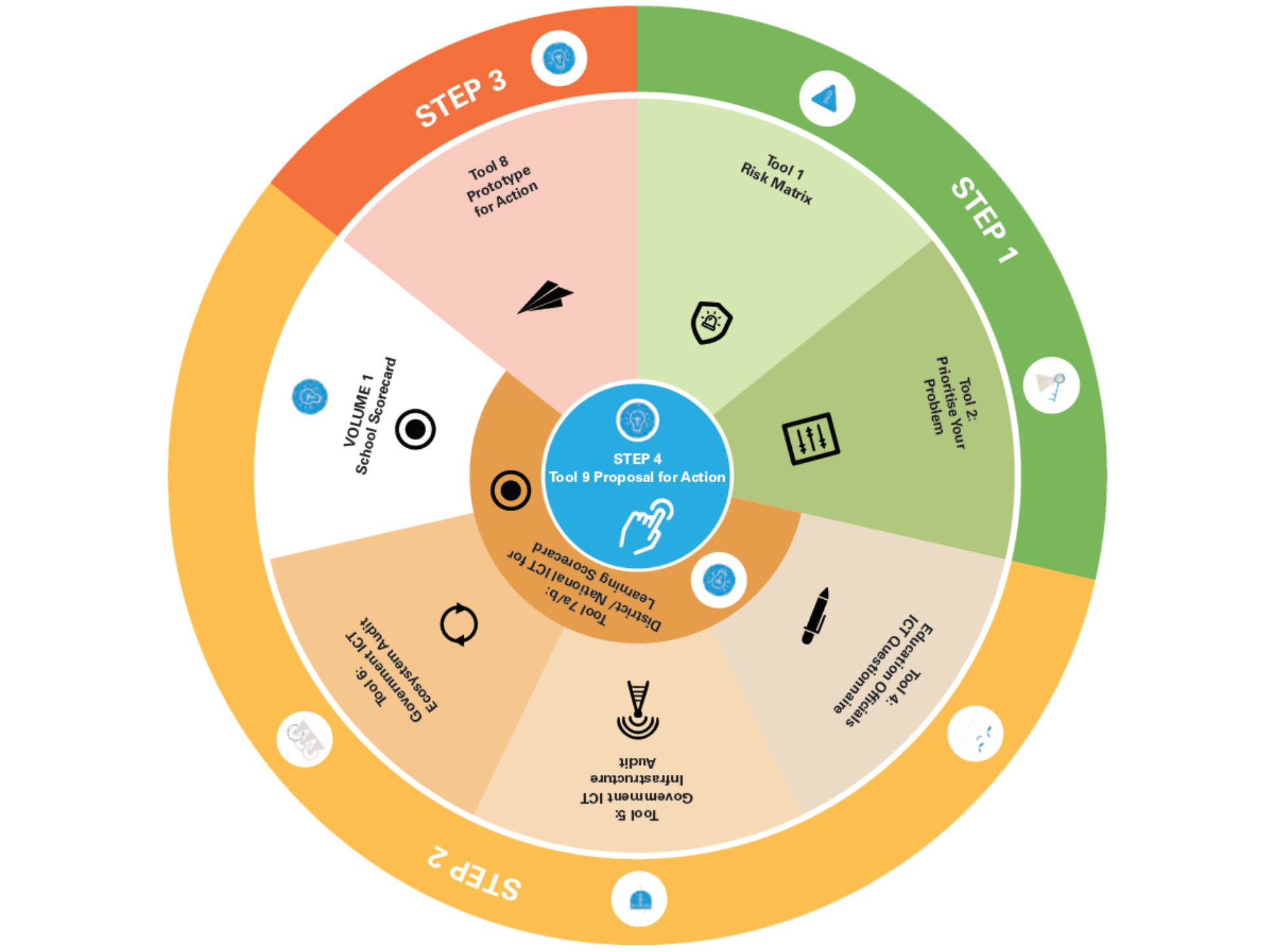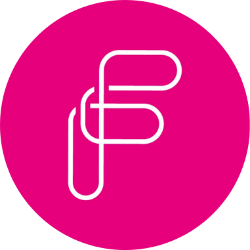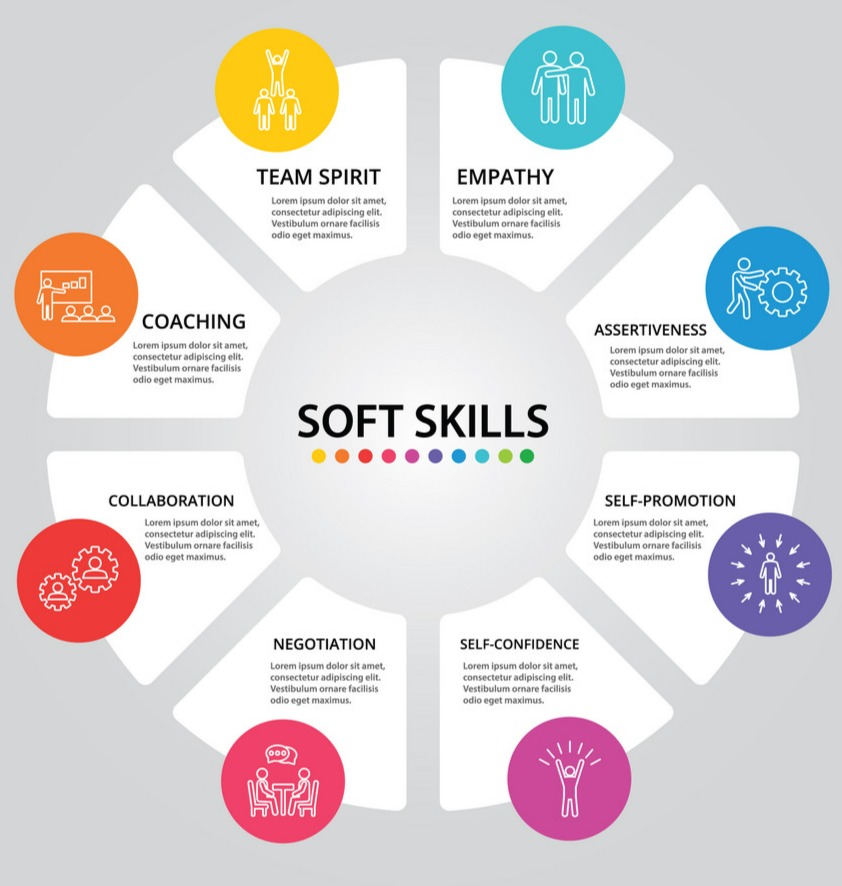True business resilience is much more than a cost contingency plan and a risk mitigation session (not to undermine the importance of either).
Often, profit is carved out as the centre of resilience, which is not so difficult to understand; if you can’t make a profit, you can’t maintain operational costs. In essence, you can’t financially sustain your business.
But there's also a soul to resilience, an attitude, a culture, and an innovative mindset that isn’t only reflected in an annual profit. Because people are always the core of business, interpersonal relationships should also be considered an essential building block to resilient practice, especially true if you want to capture the talent of both the young millennial and gen Z generations.
So, what is business resilience in the new year? In this article, we cover:
Understand your sector and its evolution
Implement tech wisely
For example: The problem evolving within EdTech
Maintain agility
Case study: How LEGO optimises change
Case study: How Freshminds tackles flexible hiring
Collect feedback and use it for good
Hire with both soft and hard skills in hard
Case study: The soft skills argument at The Container Store
Embed strategic planning
Always have a contingency plan
1) Understand your sector and its evolution.
One aspect of resilience is having comprehensive knowledge of your sector and where your business sits within it.
By monitoring your performance against the competition and industry standard, it’s easier to remain objective about areas you need to modernise, as well as areas where you operate a competitive edge - helping define a good area of future expansion or investment.
There are numerous ways to build knowledge, such as:
Trusted news sites, forums, and newsletters
Social media accounts
Direct communication with a mentor that has experience in the industry
Formal education sites (both in-person and online courses)
Networking events
Sector specialists or consultants
However, don’t let your knowledge be a hindrance to innovation. It can be easy to fall into the trap of ‘this is how things are, so this is how they should be’.
There is plenty of speculative content available to inspire you and your team (although it’s worth ensuring it’s coming from a trusted source). That’s also why implementing internal knowledge channels within your organisation can be particularly effective, whether you host a weekly news share meeting or contribute to an internal newsletter - empower your team with knowledge.
2) Implement tech wisely.
If the last few years taught us anything about tech, it's that implementation must be handled with care. The rise of corporate automation has been a blessing for many industries, with admin fatigue heavily reduced and lines of communication becoming more efficient, amongst many other benefits.
But there’s no denying the impact of digital fatigue and the issue of convoluted tech stacks that sap yearly budgets, confuse processes, and cause miscommunication among teams and departments; they can also be a headache to maintain.
Choosing tech tools shouldn’t be a decision taken lightly. If miscalculated, you may make your life more difficult, something we've seen in the Edtech industry.
For Example: The problem evolving within EdTech
The education industry has been quick to adopt a range of technical tools to aid with teaching tasks, from lesson planning to faster marking.
This is unsurprising, given that the covid pandemic forced education out of classrooms and into the digital world. Data from PowerSchool reflects this.
However, many schools and universities are now facing the issue of too many tech tools. Now, the challenge is unravelling the web of programs in order to streamline and coordinate processes. This lack of consistency across departments can lead to a digital burden on children to understand various tools, as well as create issues surrounding data privacy. As Edweek.org mentions,
“...districts have been trying to scrutinize the tools their teachers are using, and, if necessary, slim their numbers to just a handful of high-quality ones.”
In essence, ensuring that each new tool undergoes a reviewing process, which includes a trial period for all stakeholders affected, may avoid hastily-made decisions.

3) Maintain agility.
Organisational agility means responding and adapting to variables that affect your business quickly and effectively.
It’s an essential need in 2023, with change happening faster than ever due to external shifts in market trends, government policy, or internal transitions, such as adding new digital tools, organisation restructuring, and more.
Agility can be categorised and administered in several ways; for instance, you may outsource your HR functions to a more tech-savvy company, reorganise your employee structure horizontally, or decide to promote agility as a mindset for your employees to demonstrate throughout smaller, daily tasks.
What’s becoming increasingly popular is agile project management, with many implementing product methodologies, from vision to customer.
But don’t just take our word for it. Below we explore how lego has executed this type of flexibility.
Case study: How LEGO optimises change
Since 2015, LEGO has transformed its internal teams from top-heavy structures to agile and largely autonomous departments and product teams.
Not only has the company found it an effective approach for scaling operations without sacrificing its philosophy of creative learning, but they also note that it has improved its culture.
One specific way they’ve implemented agility is through their use of the Scrum methodology (as shown below). This adoption ensures they remain flexible in terms of task assignment while still aiming for realistic time goals; notice the 2-4 week sprint).
Case Study: How Freshminds tackles flexible hiring
Freshminds also specialises in agile talent acquisition by offering clients a spectrum of consulting, analytical, and research-based talent with the option of both interim and permanent hiring.

Why does this work? The company recognises that when sourcing internal expertise, there is no one-size-fits-all.
For instance, some companies may need senior management to support a specific transformation programme that may only take 6 to 12 months. Or they may be organising a strategic review and want some competitor research; again, this may be a project that takes 2 or 3 weeks.
Remaining agile to a client’s core need means they save them money in the long-term, avoid internal time wasting, and offer access to the best talent network in Europe.
4) Collect feedback and use it for good.
Transparency is the name of the game in 2023, and for businesses that want the quickest and most practical sense of reputation, acquiring cold, hard feedback is pivotal.
From customers to clients to employees to collaborators, being receptive to comments, whether they be celebratory or critical, are both important considerations.
Good quality feedback can:
Boost team and project morale
Identify operational roadblocks that may cause frustrations
Help align business purpose
Ensure stakeholders feel valued
Diffuse internal conflicts
Streamline department strategies
However, collating feedback can be time-consuming; it often requires automation admin (a very real oxymoron), analysis, and potential action generated from the information collection.
So, once you’ve defined which type of feedback will be the most beneficial for your business, it’s time to decide how to collect the information.
Internal Feedback
If you aren’t already collecting quality feedback, you can do so by
Circulating internal emails: You can build this internally with CRMs or use programmes like Typeform for quick and easy survey templates.
Establishing frequent meetings: Whether in-person or remote, it’s good to offer both options, as individuals may find it easier to communicate with one another.
De-briefing after projects: Add weight into the review process; reflect and ensure habits are determined as functional vs problematic.
Being receptive: You may find that by being approachable rather than standoffish, you learn more about what your team authentically thinks and feels.
External Feedback
External feedback can be collected by:
Staying up-to-date with google reviews: Know what your customers are saying about you on reviews; not only can you mend any potential hard feelings but improve on specific aspects of your business.
Do annual customer/client surveys: If you want answers to particular questions, organise yearly surveys with a completion incentive.
Implementing automated satisfaction emails: After a project, purchase, or other satisfied need, planning automated feedback emails can save your team time, as well as provide real-time feedback.
5) Hire with both soft and hard skills in mind.
Hiring is one of the most important aspects of resilience; the right people can drive your business to the top. And in the last few years, we’ve seen more emphasis than ever on soft skills, such as collaboration, empathy, and confidence. (as seen below).

Secondary information obtained from Ft Advisor also reflects the need for these skills in senior and c-suite positions.
“Good advisers that have been in the profession for 30 years have that skill set. They have always been able to have that empathy; it enabled them to retain their clients and be successful. Everyone needs that skill set now.” FT Advisor
And it’s not just perceived positive impact; many companies are fully committed to hiring with soft skills in mind. That’s why at Freshminds, we’ve designed a process that centres around both soft and hard applications, adapting it to the client’s desired weighting.
Case Study: The soft skills argument at The Container Store
The Container Store, a retail chain that offers storage solutions, keeps soft skills at the heart of its practice.
Out of their 7 foundation principles, “Communication is leadership” remains a guiding quality for those hoping to progress through to senior roles. They write,
“...we believe communication must be consistent, reliable, predictable, effective, thoughtful, compassionate, and yes, even courteous.“
Before Satish Malhotra took the reigns in 2021, former CEO Melissa Reiff had created a news-worthy culture that’s often been described as “killer” (positive connotations only), and she had built a work community based around respect.
In terms of success, their track record speaks for itself. The company has consistently been listed as one of Fortune’s 100 Best Companies to Work For list.
6) Embed strategic planning.
One aspect of resilience is ensuring you’re implementing an effective strategy; for that, you need realistic yet optimistic KPIs.
When you have considered milestones, it’s easier to keep progress on track, increase focus and productivity, improve internal relationships, and, when managed well, avoid or resolve internal disputes quickly.
When talking about KPIs, many reference the SMART framework (Specifc, Measured, Achievable, Relevant, Timed). However, this can also be expanded with increased emphasis on reflection (as shown below).
However, there are a few traps organisations can fall into when planning strategic KPIs.
Being overambitious with your goals. More often than not, companies make the mistake of quantity over quality. Not only can this confuse and frustrate employees, but you may end up with a murky sense of progress that conflates ambiguous data points with growth.
Don’t become too unmoving on targets. Sometimes plans change, and it’s much better to adjust your road mapping to reflect what’s happening on the ground than continue on a regressive track.
Always communicate changes and reinforce the end goal. Communication is pivotal when it comes to KPIs. Make sure teams have support yet allow them space to actually do the work.
7) Always have a contingency plan.
Things will go wrong in your business, and sometimes things go really wrong.
Perhaps your business specialises in corporate travel functions amidst a covid-19 pandemic, or several members of your c-suite team left unexpectedly.
“A contingency plan is a strategic plan created by executives or management to help a business tackle an unfavorable event that may or may not happen in the future.” Bit.AI
In moments like these, a contingency plan can offer an organisational lifeline. By planning for the unpredictable, businesses can reduce risk, recover processes and practises, and re-establish appropriate goals for the future.
First, you need to establish the “what if” scenarios. This can be discussed during a brainstorming session with each team. Only once you’ve highlighted the potential problems can you begin to start forming solutions for those problems.
You’ll find that some scenarios are more realistic than others and, therefore, should be given a higher priority. For example, with the rise in cybercrime, digital security is paramount. However, just like we witnessed with the Covid pandemic, challenges come in all shapes and sizes.







